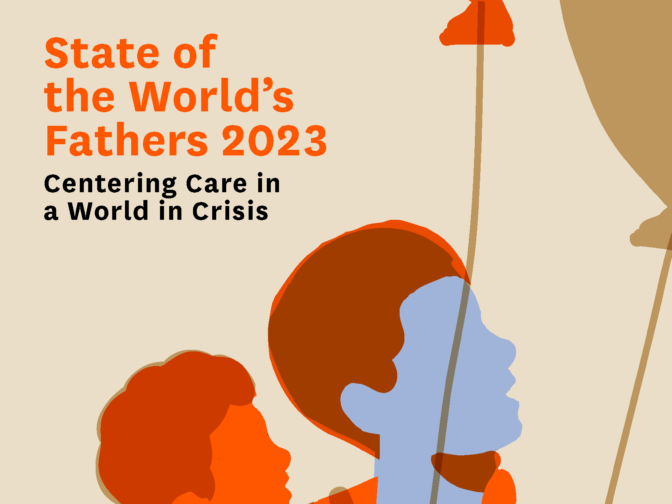The recent noise around Trump’s pro-natalist views and talk of a potential “baby bonus” is important. Parents do need more support. In the US, where child care eats up about 20% of the average family income, women continue to experience a steep motherhood penalty, and far too many families lack access to paid parental leave. Yet the initiatives put forth by the self-declared “Fertilization President” do nothing to address the real challenges facing American families, failing to offer substantial, evidence-based policy changes.
Case in point: at a recent convention of the pro-natalist movement in the US, several female speakers dropped out – all due to pregnancy or caregiving responsibilities. Even at an event focused on encouraging birth rates, the realities of caregiving – which women in the US still do the majority of – kept women from participating. That’s the problem – and no baby bonus fixes it. A one-time $5,000 check to a family is a drop in the bucket compared to the estimated $300,000 it costs to raise a child in the US in 2025. That’s the disconnect: we talk about raising birth rates, but we ignore the comprehensive support systems that would actually make parenting sustainable.
First, the idea of a motherhood bonus is just outdated. If we’re talking about a baby bonus, it should be for all parents – whether they’re married, single, heterosexual or not. Men need to be part of the equation too, and doing their share – and the good news is that many already are. According to recent Pew data, 1 in 5 stay at home parents are men. Our own research shows that men are doing more at home than ever before, that they want to do even more, and that families thrive when both parents can balance their careers with their caregiving responsibilities – because that’s the reality for the majority of parents and caregivers.
Second, families are more likely to have children when they have substantial support systems in place. Families need to know that they have access to reproductive and perinatal health care in order to feel safe having children – yet giving birth remains more dangerous in the US than in most other wealthy countries in the world, and Trump is further slashing investments in and access to healthcare. When families have access to affordable childcare, when women can work without penalty, when all caregivers (women, men and others) have access to paid leave, and when men are sharing the care work more equally, families will have more children.
That’s the Scandinavian bet, and it has worked to at least stop fertility rates from declining as much as in other regions. Women’s workforce participation is high, paid leave is available for all parents, and childcare is affordable or fully subsidized. And they didn’t go broke doing it. In fact, it wins votes. Just ask the Scandinavian leaders of all political factions who champion these policies – or look at the members of the US Congressional Dads Caucus and the Congressional Mamas Caucus.
In contrast, South Korea doesn’t have those supportive policies, and they have the lowest birth rate in the world. The hypercompetitive work culture and inequitable ideas about gender mean that many women there are choosing not to have children. Similarly, Italy’s recent launch of a child bonus is the latest example of performative policies that don’t address the deeper issues families face and thus fail to stabilize fertility rates. It’s a path some parts of the US could be heading down if we don’t rethink our approach.
And of course, there is a layer of deep racism in Trump’s rhetoric about fertility. When Trump, Vance, and Musk express concerns about fertility, they’re mostly worried about white families who look like them and vote like them. They ignore the fact that the US population is actually growing, but only because of net immigration – bringing in more people from diverse nationalities who make our nation richer in all respects.
Being pro-family is a good thing. But we must invest in all families – whether heterosexual or not, single parent or not, adopted, blended, white or of color. Invest meaningfully and not performatively, which means long enough and with enough resources. Design pro-family policies to also be gender equitable, where men actively share care responsibilities, enabling women to thrive at work and at home – just like men have been doing for years. Provide access to affordable childcare, a universal child tax credit, and federally funded paid leave. The focus on increasing birth rates, rather than the real needs of families, is – to borrow a word from Tim Walz – just weird.







